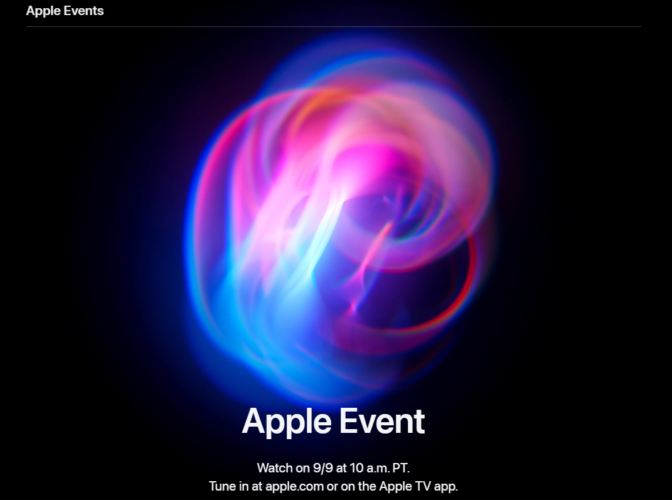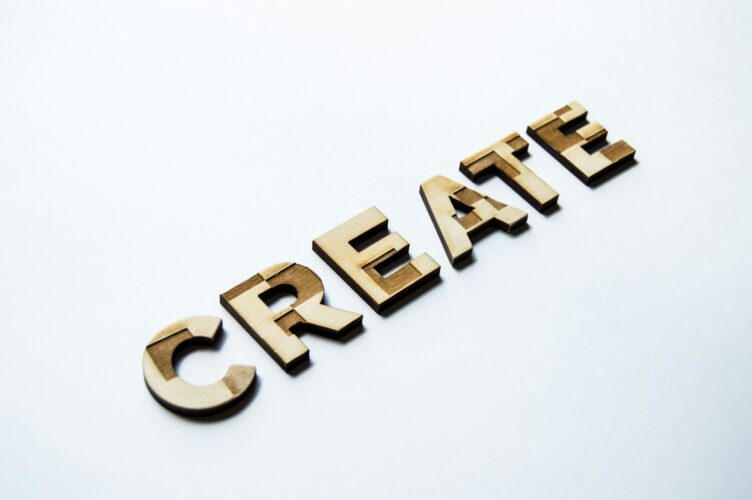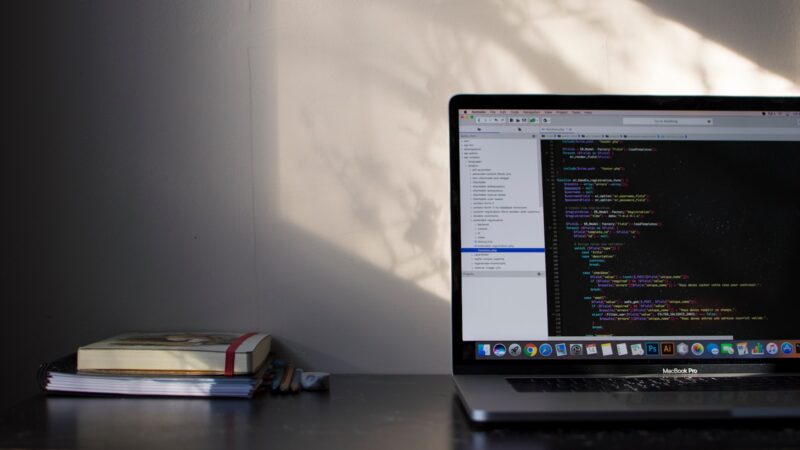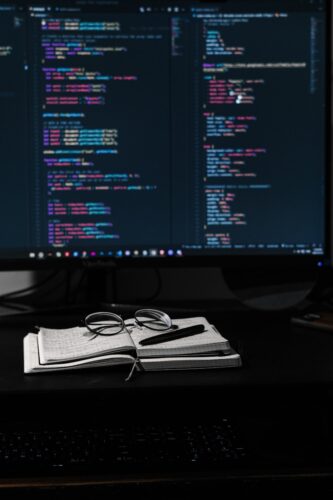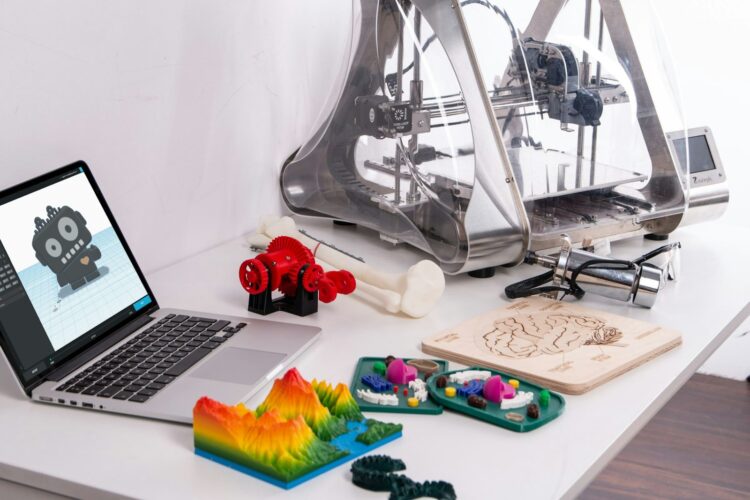When building a website or web application, one of the most time-consuming and challenging aspects can be designing and styling the interface. While there are many resources available to help developers create a visually appealing and user-friendly interface, using third-party styling libraries can often be the most efficient and effective solution.
Third-party styling libraries are pre-built collections of styles, components, and templates that can be easily integrated into your project. These libraries offer a wide range of options for customizing the appearance and functionality of your interface, from color schemes and typography to layouts and interactive components.
One of the most popular styling libraries is Bootstrap, which provides a comprehensive set of UI components and CSS styles that can be used to quickly create responsive and visually appealing interfaces. Another popular option is Material Design, which offers a consistent and modern look and feel that is optimized for mobile devices.
Using a third-party styling library can save you a significant amount of time and effort in the design process, as you can leverage pre-built components and styles instead of starting from scratch. This can be especially useful if you don’t have a strong background in design or if you’re working on a tight deadline.
However, it’s important to keep in mind that using a third-party styling library can also have some downsides. First, you may be limited in your ability to customize the appearance and functionality of your interface. While many styling libraries offer a range of options for customization, you may not be able to achieve a completely unique look and feel without significant modification.
Additionally, using a third-party styling library can result in a larger file size for your project, as you’ll need to include the library’s CSS and JavaScript files in addition to your own code. This can affect the load time of your website or web application, especially on slower networks.
When deciding whether or not to use a third-party styling library, it’s important to weigh the pros and cons and consider your specific needs and constraints. If you’re working on a tight deadline or don’t have a strong background in design, using a styling library can be a great solution. However, if you have specific design requirements or need to optimize for performance, you may need to build your own custom styles and components.
In conclusion, third-party styling libraries can be a powerful tool for creating visually appealing and user-friendly interfaces. While there are some downsides to using these libraries, the benefits in terms of time savings and ease of use can make them a worthwhile investment for many projects.


